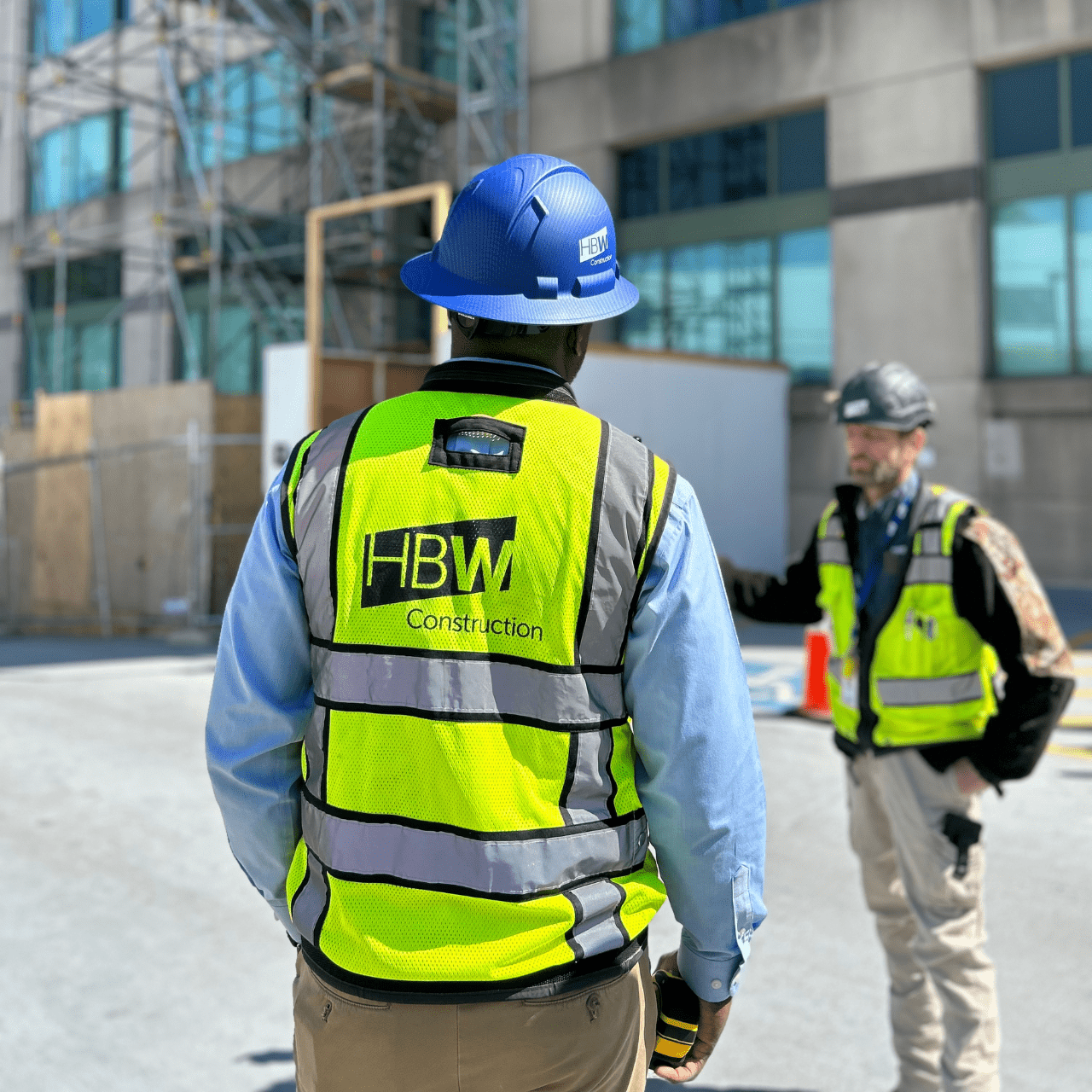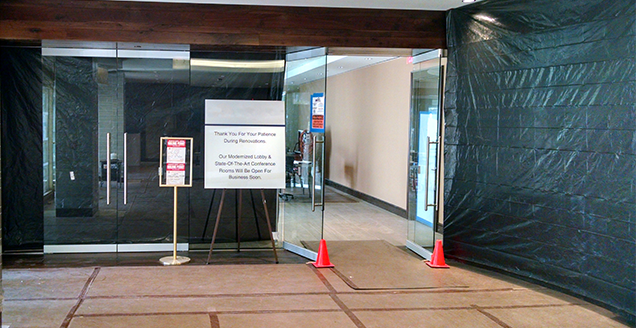It’s not always possible to empty a building for construction. Health care facilities and hospitals and multi-tenant buildings can’t shut down completely. Offices and retail customers must also be provided access for tenants to conduct business.
Here are three essential tips to prepare for an occupied project, and what you should expect from your commercial construction services partner.
1. Confirm Expectations Before the Project Starts
Share your goals for project completion. For example, if the main goal is minimal disruption to building activities, then small sections can be blocked off and finished before moving to the next section of the space. Crews could also work on weekends or evenings when fewer people are around.
If the main goal is speed and efficiency, however, these approaches may not be a good fit due to the additional time and money required.
The building type and its users bring additional considerations. Some buildings such as health care facilities have specific safety, staff mobility, air quality and infectious disease control standards that crews must comply with during construction. An office building may have users who need quiet spaces and technology available for meetings. A residential facility requires planning for unit accessibility, safe entrance and exit routes, and control of noise and air quality. These are just a few expectations that must be discussed before work begins.
By confirming the needs and expectations of all potential occupants, the commercial construction services team can develop the project schedule and processes that promote good client satisfaction throughout the project.
2. Maintain Consistent Communication
One of the main ways to manage expectations is the communications process. Besides communicating on expectations before the project starts, it’s a best practice to designate one point of contact between the construction firm and the client. One point of contact supports efficient sharing of information while allowing crews to continue their work.
For example, the client may choose a consultant or a building administrator as the main point of contact. The construction team lead can communicate with this client representative, and that representative will be the main point of contact for building management/owner and tenants. This “one point of contact” approach keeps the crew on task and gives occupants clarity about who to contact for their questions or concerns.
Once work begins, we want to keep crews on site making progress without interruption. Weekly progress meetings with the client representative will communicate possible schedule changes and potential solutions to unexpected challenges. If delays or the unexpected happens, then the client and tenants are kept in the loop as necessary.
3. Expand Safety Protocols
Safety is our first priority when working in occupied spaces. We have already mentioned industry standards that must be followed for the building type and the construction industry overall. Construction crews now have an additional layer of protocols to follow with the COVID pandemic. Our firm was one of the first to initiate tracing processes to successfully manage crew and occupant safety.
In addition, we maintain clear and updated signage as construction occurs around the site. When new barriers are erected or crews need to close down or relocate building functions, proper signage and communication can keep indoor traffic flowing smoothly and safely. This includes signage for multiple languages.
You can rely on these strategies at HBW. We keep an open mind about the expectations and various approaches to occupied spaces. During planning, we can build scenarios and discuss costs associated with different approaches to your project.
Call us to talk about your upcoming commercial construction project.
Learn more about HBW’s project expertise.


